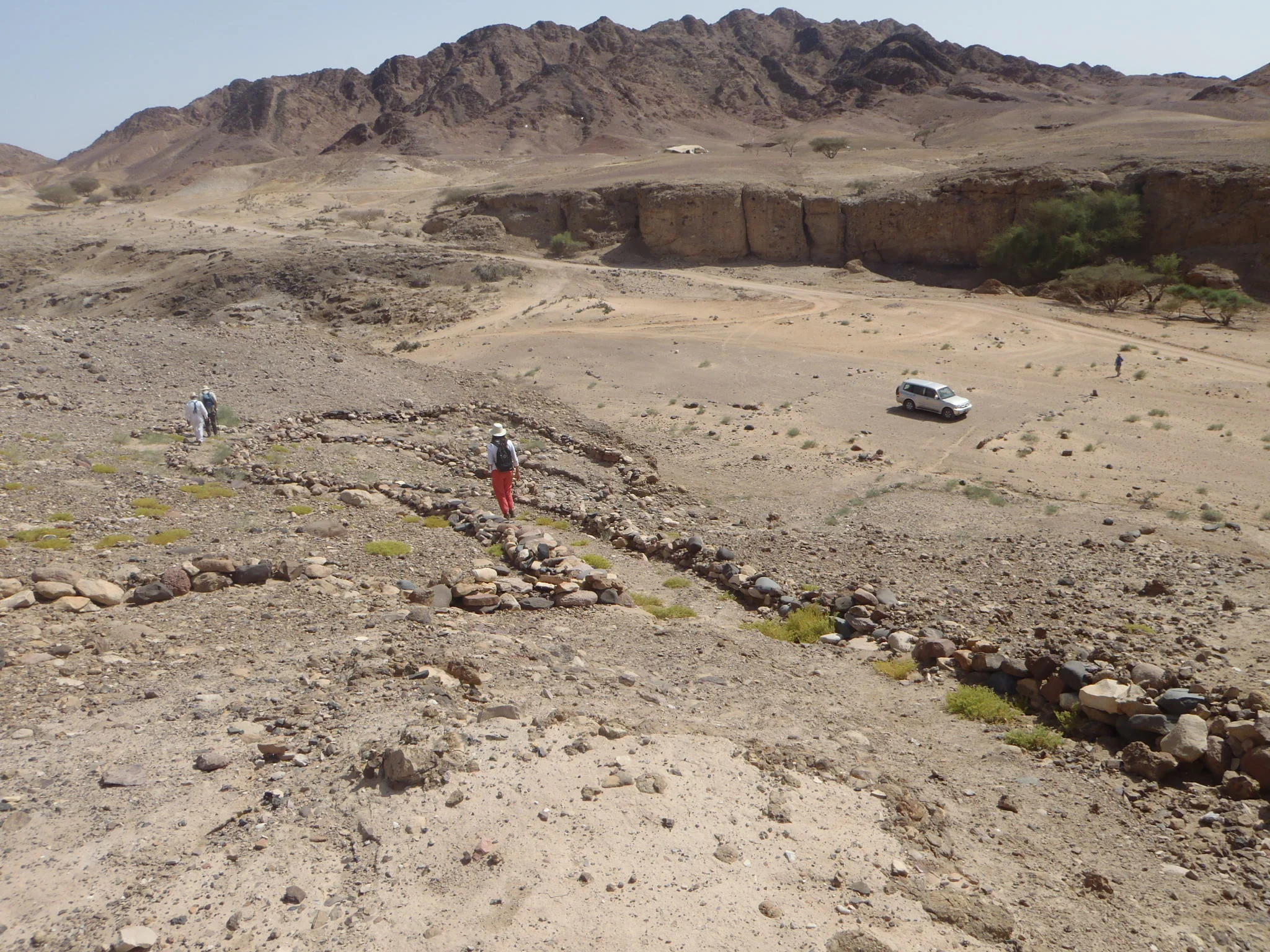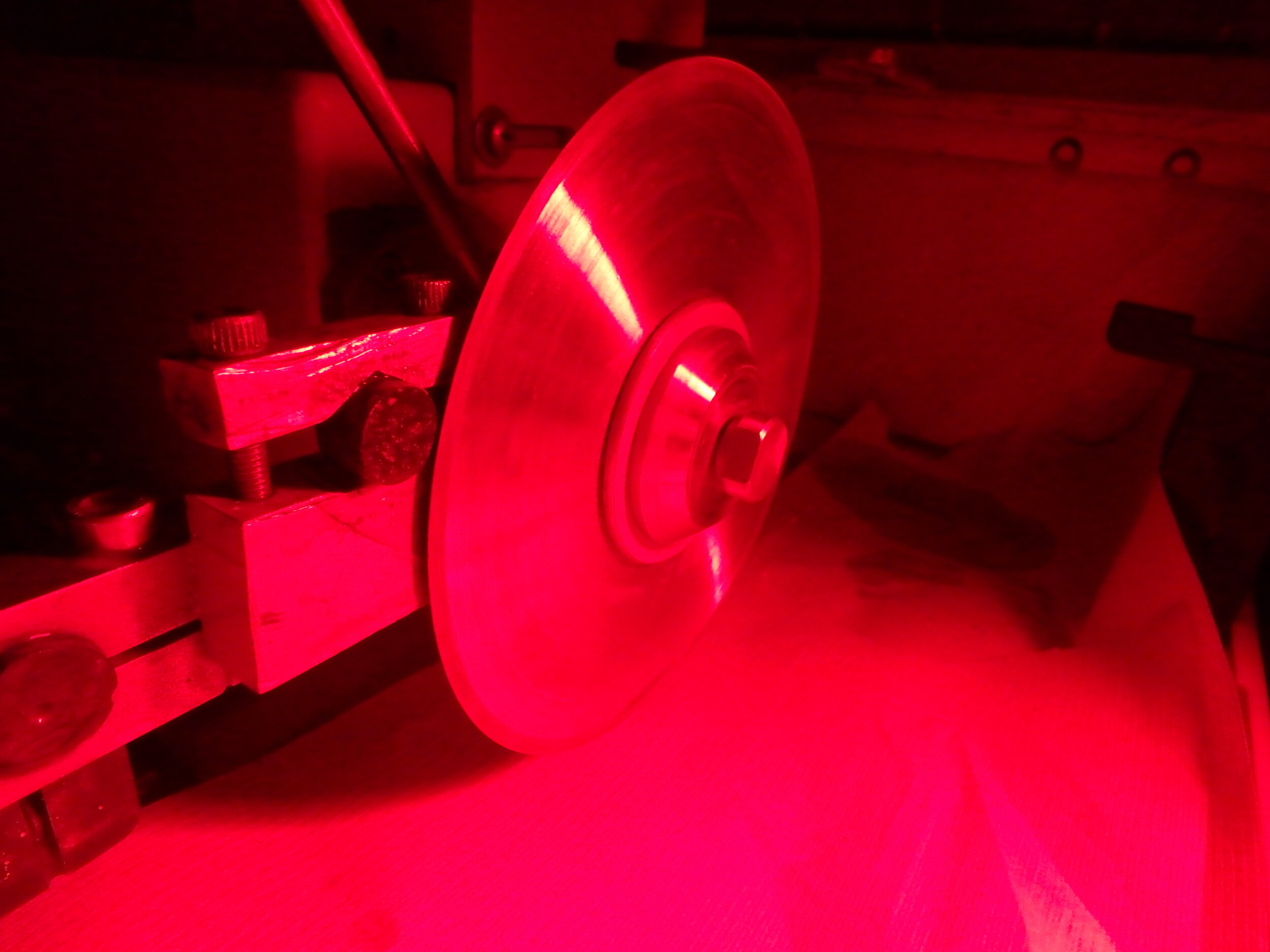Rock surface dating using luminescence methods
/
Luminescence dating techniques are most commonly applied to sand or silt sediments, but methods have been developed in recent decades that also allow us to date rock surfaces (e.g., Freiesleben et al. 2015; Gilganic et al. 2019). DRILL is currently experimenting with rock surface dating techniques using luminescence. Thanks so much to James Feathers at University of Washington for letting us use his precision saw and rock coring equipment. The Luminescence Dating Lab in the Department of Anthropology at UW has been in operation in since 1993, and it was a great opportunity to pick the brain of a scientist with decades of experience in the field.
A Buehler precision saw with a 400 µm thick diamond wafer blade allows us to cut rock cores into sub-millimeter thick slices. These can be used to date the last time a rock surface has been exposed to sunlight, and to determine the depth of light penetration in a rock.

